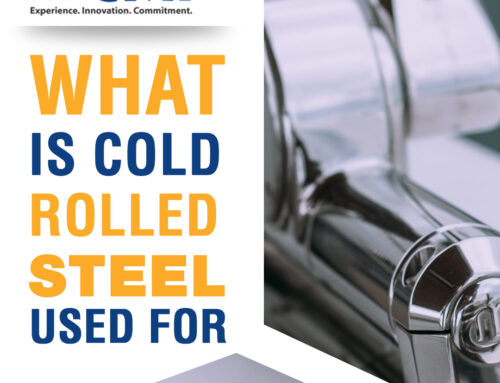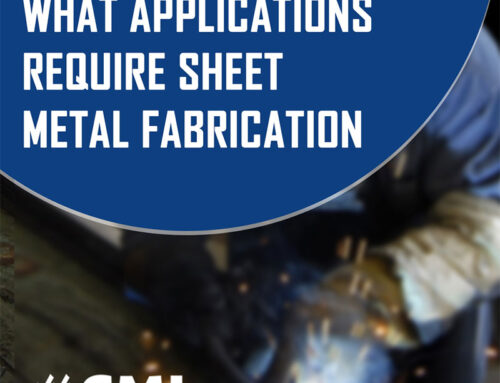To understand how a circuit works, you should be aware of the board basics. This includes understanding the different layers and what each layer does.
A PCB is a base for a circuit board. It is made up of four basic layers: copper, substrate, solder mask, and silkscreen. A few other things make up a PCB, but this is the framework that most boards follow.
Copper Layer: The copper layer is one of the most important layers in any PCB as it transfers electricity from one component to another. This layer also runs through all of the leads on components that are connected to each other on a PCB.
Substrate Layer: A substrate layer is a board with a layer of copper used as the top layer for the entire PCB. This copper traces all the other layers in the PCB. It also contains vias, pads, and holes through which all wires connect to or from other boards.
Solder mask layer: A solder mask layer is applied to the surface of the PCB to protect it from solder splatter. A solder mask layer will normally be a copper-coated metal film like nickel or tin.
Silkscreen layer: Silkscreen is a layer of green-brownish ink used in PCBs. It is applied and developed to avoid any unwanted conductive paths on the PCB. Silkscreen ink can be made by mixing the desired colourant with a thickener and solvent, usually an organic solvent such as ethanol or acetone, into a silane precursor (which creates the ink). The coating is then applied.
Inside of a Printed Circuit Board – The Inside-Out of PCBs
Printed Circuit Boards are one of the most common electronic components. It is not an exaggeration to say that they are everywhere.
PCBs can be found in many different applications, such as cell phones, computers, cars, and more. They are mostly made out of copper traces and layers that connect the various electronic components to each other. These layers are then etched with different patterns that represent different electrical connections between components.
Printed circuit boards are one of the most important components in the electronics industry. These circuits are used in all types of devices and are manufactured in both analogue and digital forms.

What Happens Inside of a Printed Circuit Board
Printed circuit boards are one of the most vital components for electronics. They are used to make integrated circuits and create electronic devices. Without these boards, the electronics industry would fail. Installing a printed circuit board is a difficult process for people without any background knowledge in this sector.
A PCB is manufactured by arranging copper strips on a substrate with other conductive materials. These copper strips provide the paths for alternating current to flow from one end of the PCB to another, just like an electrical conductor does. When it is finished, the circuit board can be used in many different products, with different components being interchanged over time.
In order to design a PCB with optimum efficiency and functionality, it is important to know how each part works together. With information such as this in hand, an engineer can create accurate, workable designs. These designs will result in functional computer chips or complex electronic parts.
When looking at PCB and how they work, you should know.
As the world becomes more complex, with more and more electronics introduced into our lives, printed circuit boards are becoming a common standard for connecting them all.
One of the most important parts of the PCB is the battery. The battery keeps circuits powered on so that they can keep running once they have been turned on.
Most circuit boards are designed with a certain purpose in mind. When looking at how a circuit board works, this is another component you should keep in mind. PCB design takes a lot of practice and time. They are typically designed by a computer using CAD software. CAD stands for computer-aided design. They are filled with various components and processors to meet the needs of what it is being designed for.
What is the Difference Between Surface Mount and Through-Hole Components?
A through-hole component is a component that has a hole in the PCB with its pads sticking out of the board. A surface mount component is one that has solder pads on the top side of a PCB.
The surface mount components are usually smaller and harder to solder, so they tend to have fewer leads. Through-hole components are larger and easier to physically assemble within the board, so they typically have more leads.
In terms of assembly, surface mount components can be “soldered” or “solder-potted” in place on top of the board, while through-hole components need to be physically assembled within the board using wires or pins.
The Role of Soldering in PCB Manufacturing
Soldering is a heat-actuated process that joins metals together by melting and flowing solder into the joints. The use of soldering by PCB manufacturers has increased drastically in recent years. This is due to advancements in technology that allow higher manufacturing speeds.
Soldering is used to join copper tracks on printed circuit boards. It is the second most important step in PCB manufacturing, after drilling holes for components. Soldering allows for easy assembly as well as a good electrical contact between two or more metals and dissimilar metals.

How does a PCB transmit information?
In this section, we will discuss the working of a circuit board. The first thing to understand about a circuit board is that it comprises different layers. These layers are connected by conductive strips known as traces. These traces, in turn, carry electrical current from one layer to the next.
To transmit information, electrons flow through the conductive traces. Some of them pass through an opening, or a wire called an electrode. When an electronic device turns on or off, current flows through the circuit and changes its state – either “on” or “off.
How do you identify PCB components?
There are a number of ways in which people can identify PCB components. Some of the most common methods include looking for the component’s manufacturer. Also, look for other features that stand out on its surface, and markings on it.
PCB components are usually identified by their shape, size, color, and function. The most common circuit board components include capacitors, switches, resistors, and diodes. Different colors of components can be used to distinguish between two different circuits.
What does a resistor do in a circuit?
In order to understand the role of a resistor in a circuit, let’s consider the following scenario:
A girl is trying to light up a bulb using batteries. When she touches one end of the wire with a metal spoon, the bulb lights up. The metal spoon had an electric current running through it, which caused electrons to flow through her body and light up the bulb.
The metal spoon is called an electrolyte and is made of different metals like copper, aluminium, or silver. The current flows from one terminal of an electrolyte to another. This will complete the electrical circuits. The electricity that flows from one terminal goes into certain materials like copper wire and aluminium wire (the wires are conductors). At the same time, electricity flows out from materials like pipe fittings (the wires are insulators).
Electricity has been around for centuries. In order to understand electricity, it is necessary to understand the difference between the two types of conductors. These are a conductor that has no resistance and one that can resist electrical current.
Conductors let an electrical current flow through them. The type of conductor determines how easily a current flows through the wire. In most cases, copper is the best conductor because it has a low resistance and can carry electricity efficiently. In contrast, a less-conductive metal like steel would have high resistance and cannot carry as much electricity as copper can.

A Conclusion of how a PCB works
After reviewing the entire process of how a PCB works, it is easy to see why this technology is so important. Without the complicated and expensive process of creating circuit boards, we wouldn’t be able to enjoy all of the benefits that they offer. PCB’s used to be very complex to design. However, today, with the help of computers, they are pretty simple for those with proper qualifications.
A Conclusion of how PCB work
- A computer cannot run on a PC without a CPU or a GPU because they are crucial pieces that make up the entire system on which it operates.
- Circuits help in developing faster and smarter systems that can perform complex tasks more efficiently.
Our world would be a completely different place without the use of circuit boards. After all, they are basically found in just about every electronic device. We would not have advancements in technology without them. They are found in some of our most basic devices, such as our example of the lightbulb. But, they are also very important in the manufacturing of very complex devices as well.







You must be logged in to post a comment.